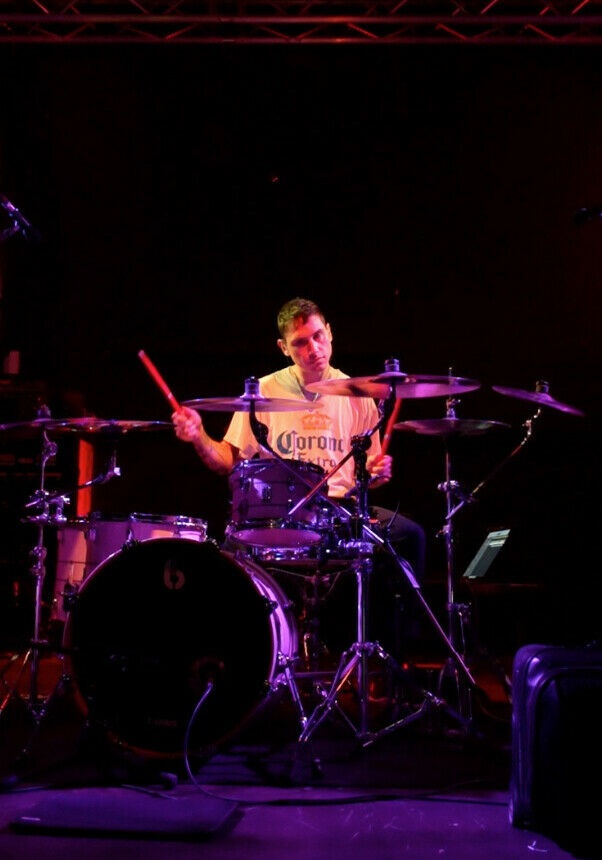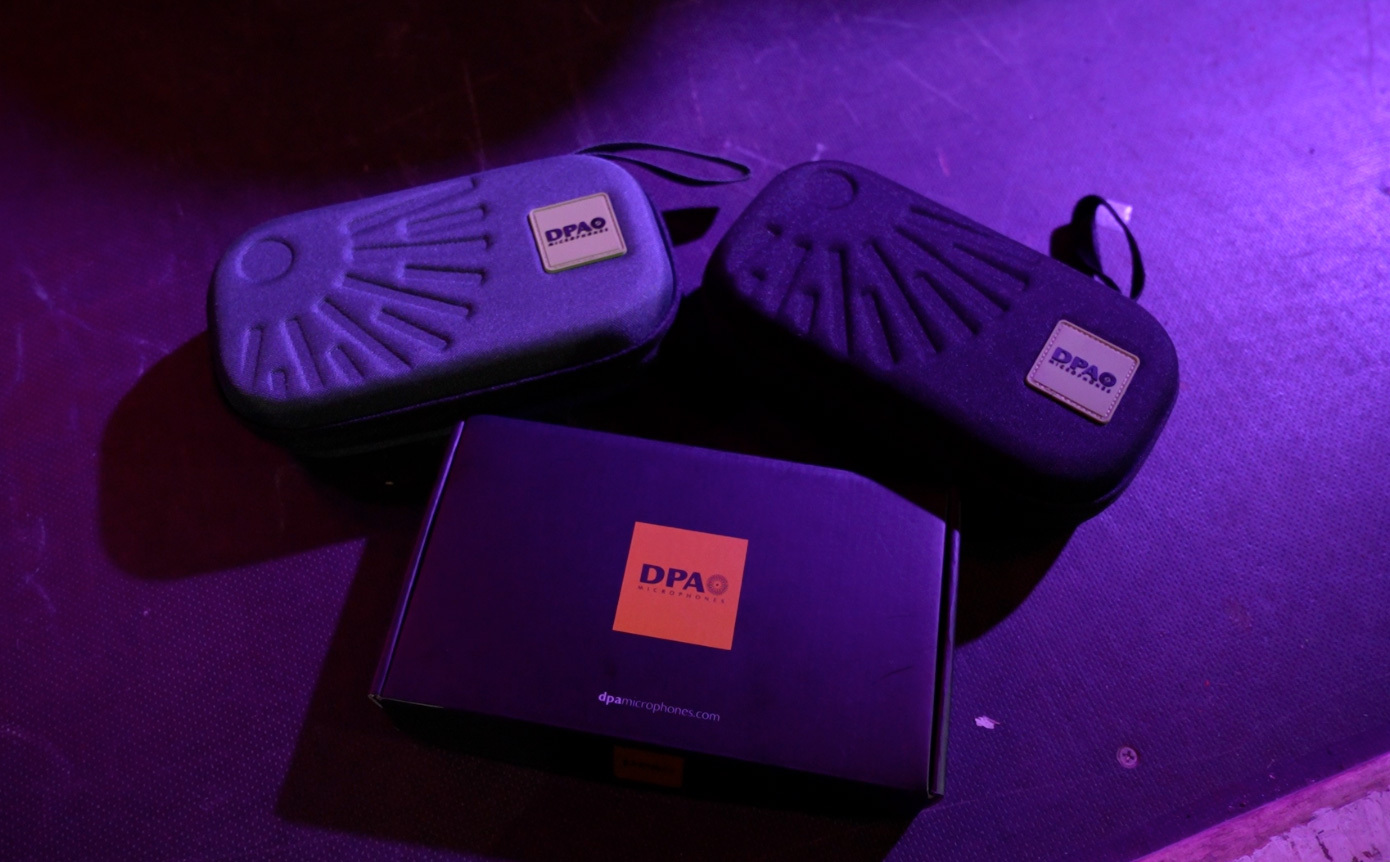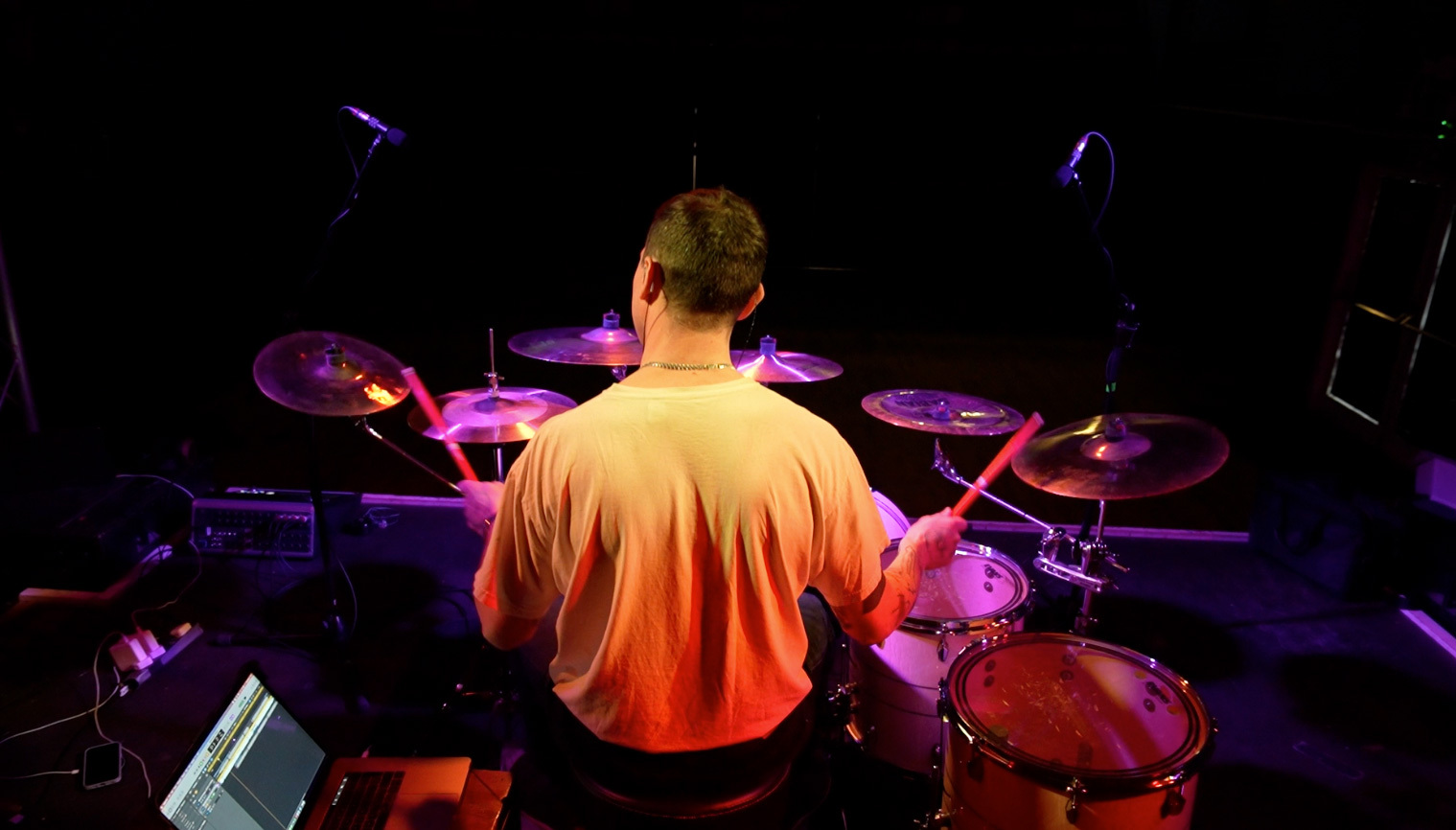I ask Rolfe to play his kit, and ultimately at this point I’m just checking for clipping. Setting the channel gain through the TouchMix is very simple, and once I’m satisfied that it’s not going in too hot, and all looks fine on the MacBook, I hit record. Because I’m in a live venue, literally at the side of the stage, separation is minimal to say the least(!) but that’s no issue for this demo. I have headphones with me for reference which I will use after each take.
A few minutes later, I bring up the tracks in Reaper play them back, and I have to say I’m pretty astounded, for a couple of reasons: first, the snare ‘snap’ feels like I’ve already EQd it and have applied light compression - but it’s gone down at source, as is - there is nothing on it at all.
Soloing the snare on headphones further proves how clean the sound is, with no audible noise on the channel, and how good the room sounds - I’ve also managed to capture a great almost gated reverb sound, too, just through the natural acoustic of the room. I’ll pretend that was intentional!
There is also real meat there: a fatness to the sound in addition to the clarity. What an impressive microphone the DPA 2012 is, and what a great preamp. We might only be using four [pres] total here, but the fact that there are 32 of them onboard this QSC mixer really does make you think. My gut feel is that the TouchMix-30 Pro will hold its own against a number of way more expensive alternatives.
What’s also evident as I solo the overheads is how crisp they sound. They’re airy and sharp, and they’re also picking up the toms very nicely, which is what I was hoping for. And the 4055 on the kick has the bite and the punch - a very transparent mic, which can clearly handle very high SPLs.
Rob now puts on his IEMs and starts playing along ‘properly’ to Enter Shikari’s most recent single, (pls) set me on fire, and it’s at this point that he starts really hitting the drums. I pull back the gain a little, and when I’m happy again, I hit record. We do five takes, and I invite Rolfe to come and have a listen.
“What have you got on the snare?” he shouts, headphones blaring. I explain that there is nothing on any of the kit, and he appears genuinely surprised. “No compression on anything? Wow.”
That’s a genuine wow, too. I happen to know that Shikari record and produce a lot of their material themselves, and they play around a lot with triggers when it comes to the rhythm section - besides, Rolfe’s a drummer, so of course he is going to be meticulous about his drum sound.
When I get the recording back into my studio, I also get the wow factor all over again. What hits me first is the absolute clarity of capture. The last time I recorded a drum kit, I took along my Focusrite ISA 828 preamp - which of course is excellent, and particularly clean-sounding; and I can honestly say there is no glaringly obvious difference in quality playing back these drums tracked through the TouchMix against to those that I cut using my ISA 828. That is pretty incredible, in my opinion.







